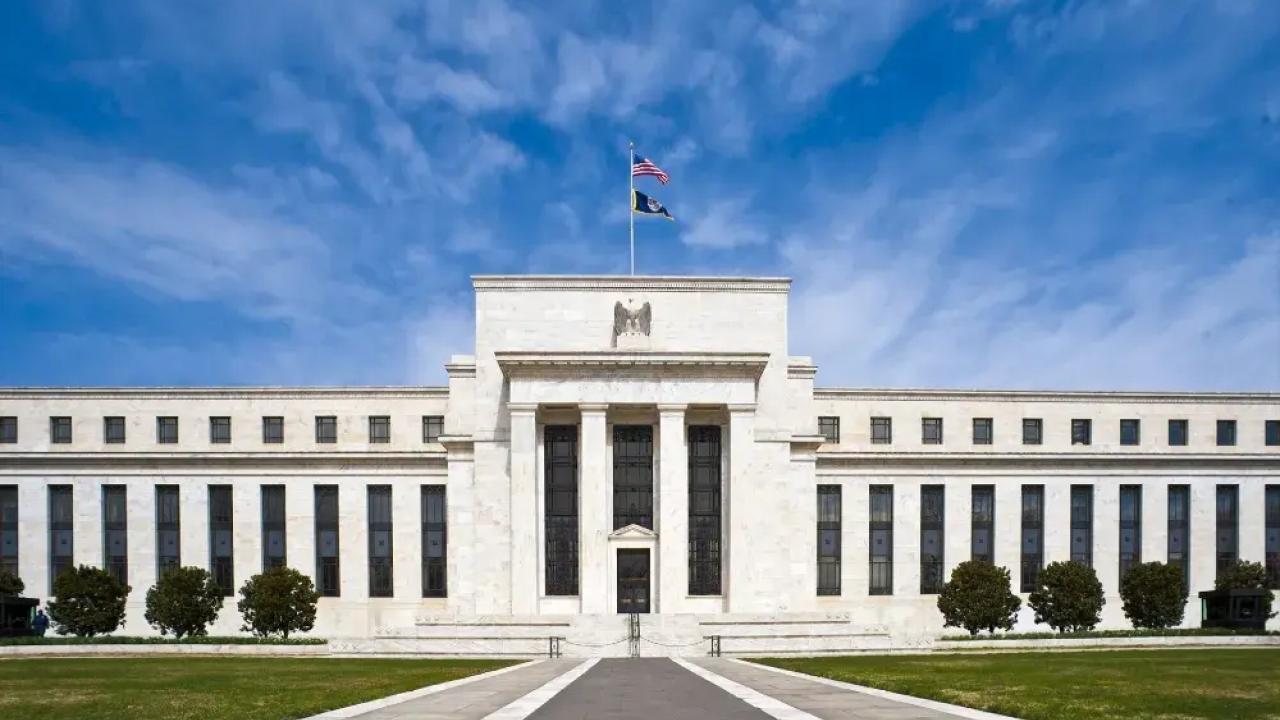
A US Federal Reserve document shows that consumer spending grew moderately thanks to stronger-than-expected holiday sales. Meanwhile, vehicle sales improved "modestly."
US economic activity rose "slightly" between late November and early December, the US Federal Reserve (Fed) said in its Beige Book, a document that provides a detailed assessment of the economy by the country's 12 regional central banks.
The document shows that consumer spending grew moderately thanks to stronger-than-expected holiday sales. Auto sales improved "modestly."
Construction activity then declined due to high financing costs and the high cost of materials used.
Residential real estate activity remained unchanged as demand was restricted by high mortgage costs, while commercial activity did pick up.
The industry saw its figures deteriorate "slightly", while some districts reported that businesses were accumulating inventories in anticipation of the tariffs promised by Donald Trump. The energy sector exhibited an "uneven" performance.
The non-financial services sector improved "slightly" thanks to tourism and transport, especially aeronautics, but the truck sector did suffer.
Financial service providers, for their part, reported "modest" loan growth and little change in asset quality, although there remains some concern about bad debts among small businesses and lower-income households.
Agricultural conditions remained "weak", with generally lower farm incomes and weather-related difficulties in some areas. The spread of avian influenza reduced egg supplies and raised prices.
On the business side, the Fed said more contacts were optimistic than cautious about the macroeconomic outlook for 2025, although several districts expressed nervousness about possible changes in immigration and tariff policy.
In terms of employment, the labour market improved overall, with six districts creating jobs and six remaining stable. However, there were hardly any layoffs and there were difficulties in finding talent. In addition, there was "greater uncertainty" about future staffing needs.
Prices, in turn, grew in a "modest" manner, with flat to moderate growth.
Retail sales rose moderately in most regions, although there were cases of stagnation or declines. Input costs increased.
Finally, Fed contacts expect prices to continue rising in 2025, with some warning that higher tariffs could contribute to inflation.









